A brief introduction to the characteristics of Ugandan boutique coffee varieties suggestions on the methods of brewing the flavor and taste of Ugandan coffee beans
Professional coffee knowledge exchange more coffee bean information please follow the coffee workshop (Wechat official account cafe_style)
Ugandan coffee is almost unheard of in the boutique coffee industry, and there are few Ugandan boutique coffee on the market. In early Uganda, commercial coffee was mainly grown in Robusta, but in recent years, boutique coffee has been grown on a small scale, and some Ugandan coffee has been introduced into Qianjie Coffee for evaluation. Country profile Uganda is located at the source of the Nile, a landlocked country off the sea in Africa, with fertile land, volcanic soil in both East and West, abundant rainfall, and two bumper harvests in some areas: April to June and October to February. Qianjie believes that Ugandan coffee has black plum, ripe fruit, full juice and full-bodied and solid taste. Although it has a long history of producing coffee like other East African countries, the quality of coffee has never been improved because of the war caused by ethnic antagonism. Most of the good coffee here is grown in areas adjacent to Kenya, and some good coffee beans are shipped to Kenya to be sold as Kenyan coffee. Uganda is an excellent place to grow coffee, and armed conflict has damaged the industry over the past few decades, especially in the West Nile producing areas in the 1990s, which leapt into a fast-growing country only when the war stopped 15 years ago.
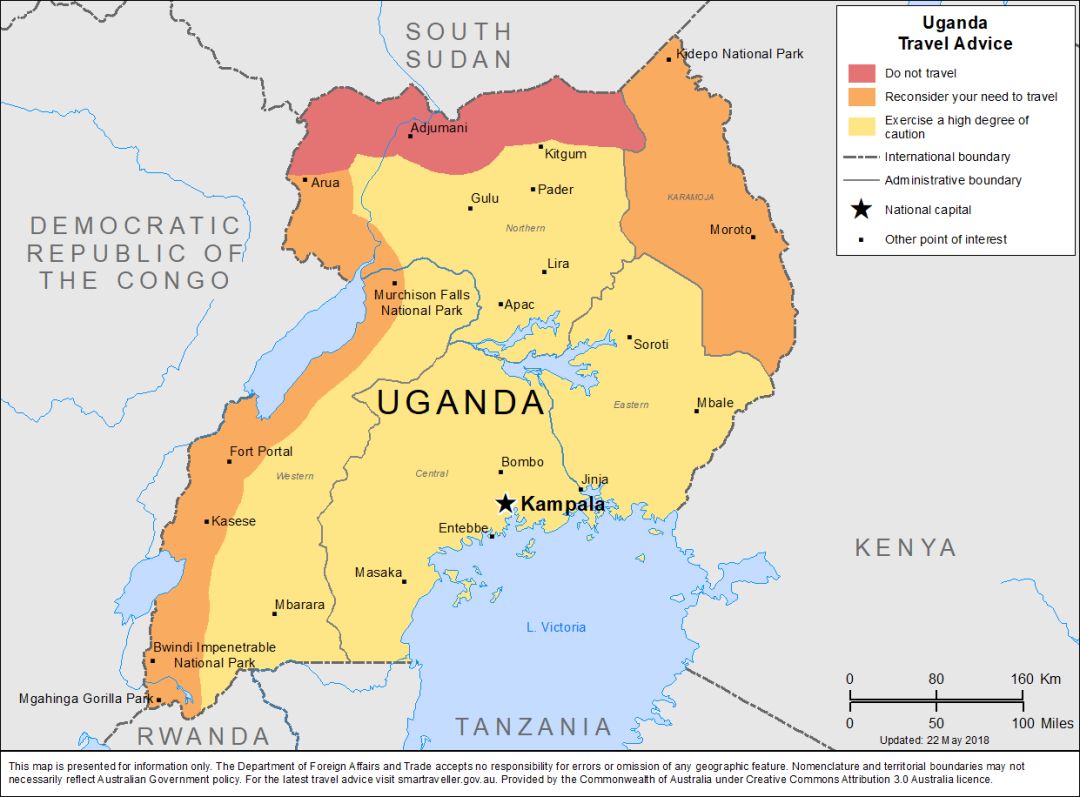
Uganda uses coffee planting method to improve coffee quality according to the Financial Network, under the new law, all coffee growers will register and receive identification numbers starting from 2020, showing their land area, number of trees, coffee buyers, sellers and nursery operators. The new law is now awaiting approval from the president of the country. The legislation "aims to reform the law to provide that the Uganda Coffee Development Authority can regulate, promote and supervise the coffee industry and regulate all farm and non-farm activities in the coffee value chain." The council said it would also help farmers establish contacts with buyers, build irrigation systems, and provide planting materials and extension services.
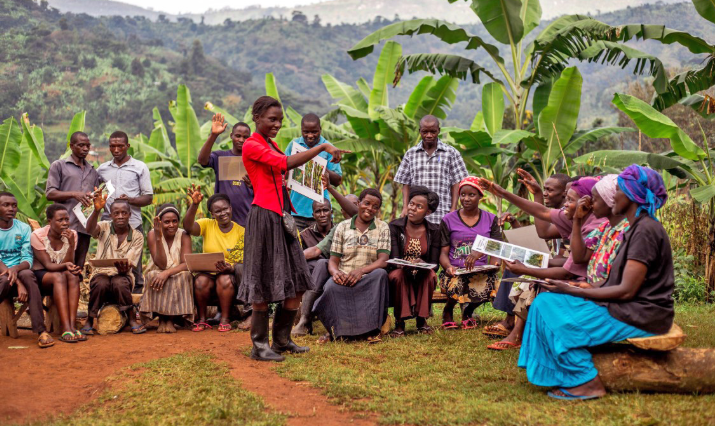
Coffee-producing Uganda has long been known for its robusta coffee, a native species that is still wild in the country's rainforest. However, you will also find Arabica coffee growing in three areas: Mount Elgon in the east, the Renzori Mountains in the southwest and the West Nile in the northwest. Each producing area is unique and has different coffee characteristics and production methods. Mount Elgon, located on the country's eastern border with Kenya, is actually the oldest volcano in East Africa. Coffee farms perch on both sides, are covered with forests and get important water from steep ditches. At lower altitudes, the harvest season is from June to December; at higher altitudes, it does not begin until July and will last until February. West Nile the West Nile region is located in northwestern Uganda with between 1300 and 1600 farms. Indigenous trees such as banyan trees are used as shade for generations of farms. Coffee from the region is usually cleaned and is famous for its citrus aroma. The Renzori Mountains, commonly known as Moon Mountain, are located on the southwestern border between Uganda and the Democratic Republic of the Congo. Coffee grows on hillsides between 1500 and 2300 Masra above sea level. The nitrogen-rich soil in the volcano creates a very suitable soil for coffee. Natural processing is the most common here, although you can also find a method of washing.
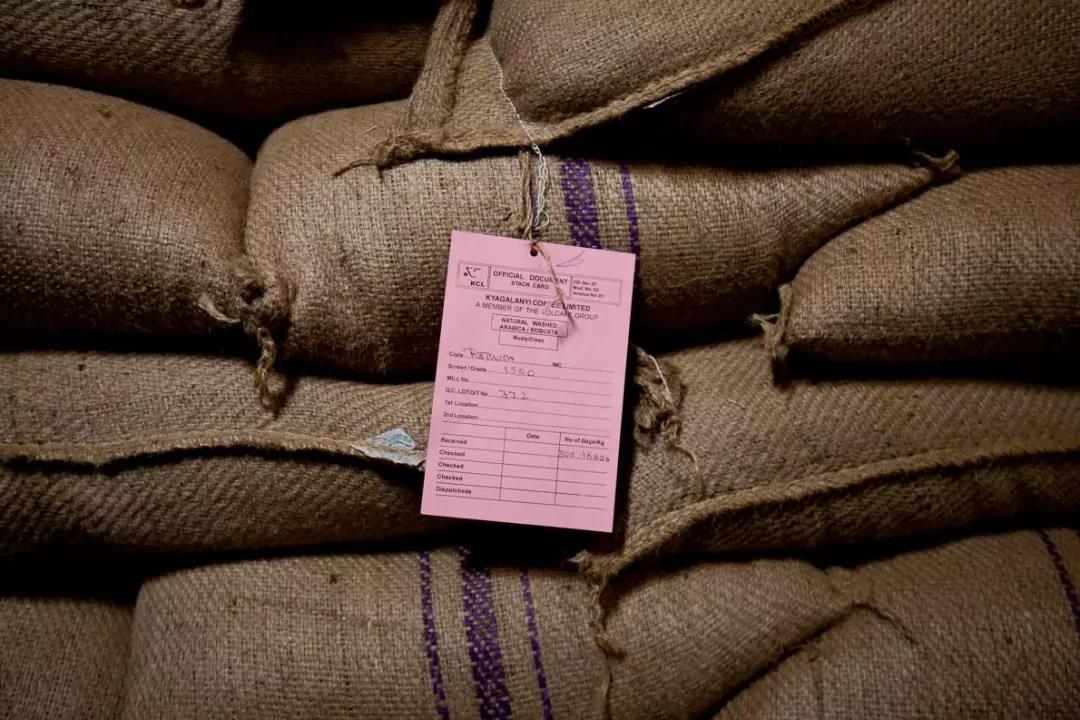
The common treatments of Ugandan coffee are tanning and washing. In the washing method, the harvested coffee cherries are separated from the exocarp and most of the pulp by a pericarp machine, and the coffee beans with endocarp enter a clean tank and soak in water for fermentation to remove the remaining pulp layer. The method of sun treatment is to remove the unqualified floating beans and then dry them in the sun, during which the fresh fruit is constantly turned to avoid fermentation or mildew, so as to achieve a very clean and rich flavor.
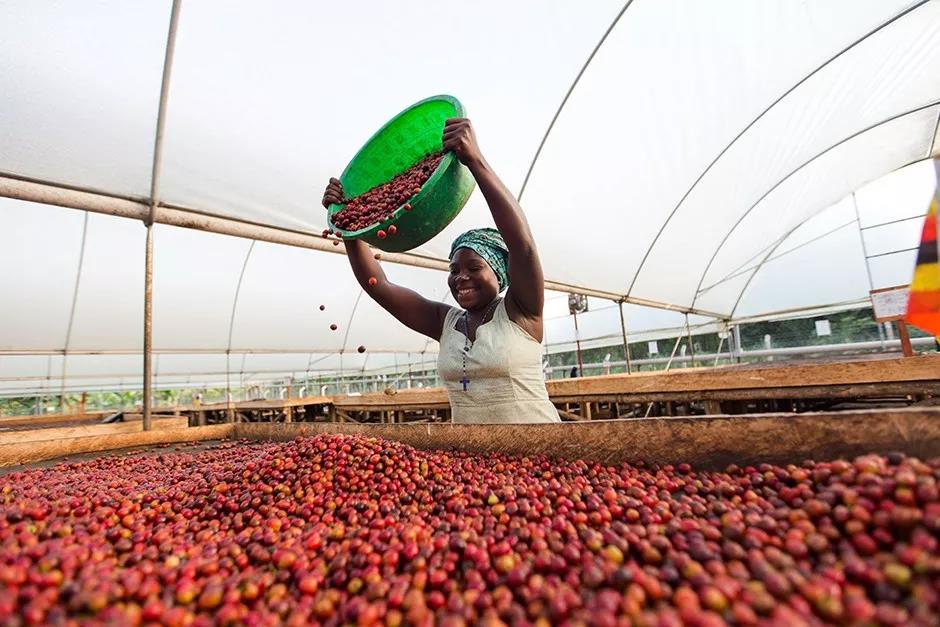
Ugandan coffee is graded much like Kenya, by size and density. AA Plus (AA+) cup quality (flavor, taste) particularly excellent AA grade AA particle size (Screen Size) 17mur18 size AB particle size (Screen Size) 15Mur16 size, account for the majority of production C particle size (Screen Size) smaller than AB TT from AA and AB grade beans, lighter beans blown out by air filter T from C grade beans The large variant beans with lighter weight, E Elephant Bean and the combination of two beans, which are blown out by airflow sieve, are also called PB round beans Peaberry, which are like ear beans Elephant earUG that do not meet the above criteria, which are classified by appearance and have nothing to do with flavor weight.
Qianjie Coffee from Uganda and Portugal
Producing area: Mount Elgon, Uganda
Altitude: 1600-1850 m
Treatment method: anaerobic fermentation and solarization
Variety: SL14&SL28
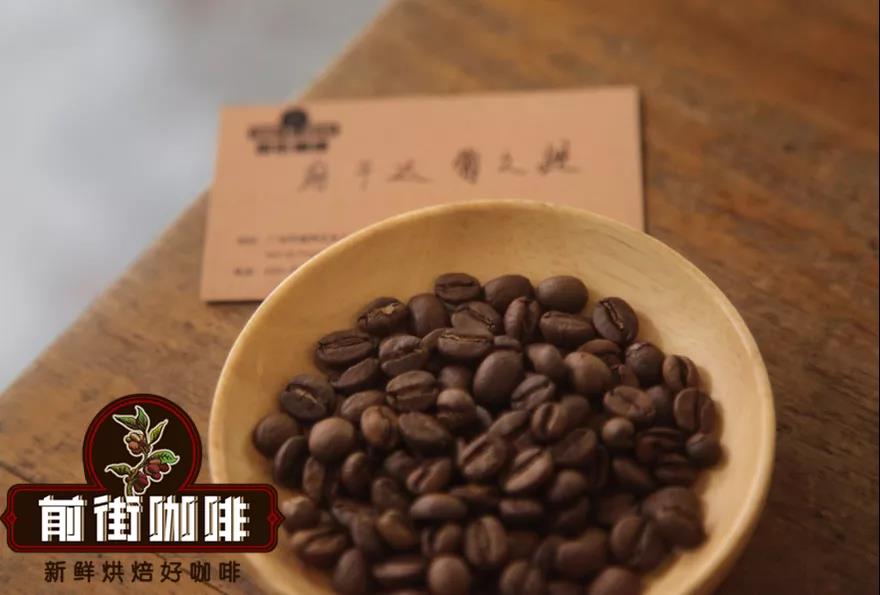
The treatment method of this bean is anaerobic fermentation and solarization, in which the whole coffee berry is first anaerobic fermented and then sun-treated. Basically, the anaerobic process makes coffee more uniform and easier to monitor, while the aerobic process is more complex and harder to monitor. In an anaerobic environment, the decomposition rate of pectin sugar is slowed down, and the ph value decreases more slowly, prolonging the fermentation time, thus developing a better sweetness and a more balanced flavor. The temperature controlled by anaerobic fermentation must be lower than 10-15 degrees Celsius. Coffee beans should be fermented for three days without oxygen in a closed and clean stainless steel fermentation container. And put it on the scaffolding for sun treatment. Qianjie Coffee Raw Bean Analysis this bean is made up of SL14 and SL28, both of which are common varieties in Uganda. The SL variety comes from the development and selection of Scott Lab. Kenyan coffee is world-famous for SL28 and SL34, so the Ugandan government vigorously promotes and distributes SL seeds to farmers. Among them, SL14 not only has good flavor and drought resistance, but also can be harvested after planting for two years, which meets the needs of farmers.
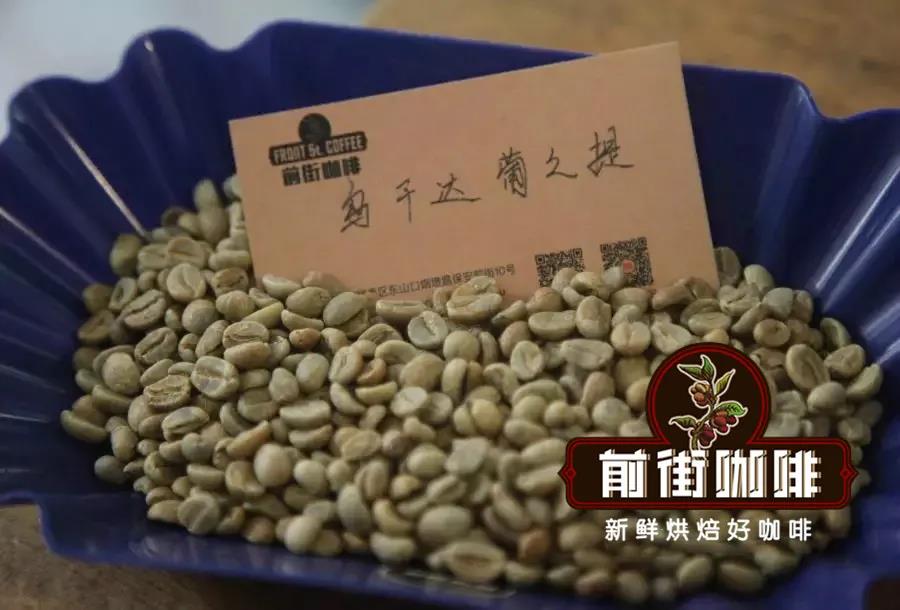
Analysis of Qianjie Coffee roasting in order to express the acidity of this bean and the aroma of fruit, Qianjie coffee is roasted moderately and lightly. Extend the dehydration time during baking so that the bean surface and the bean core are heated evenly.
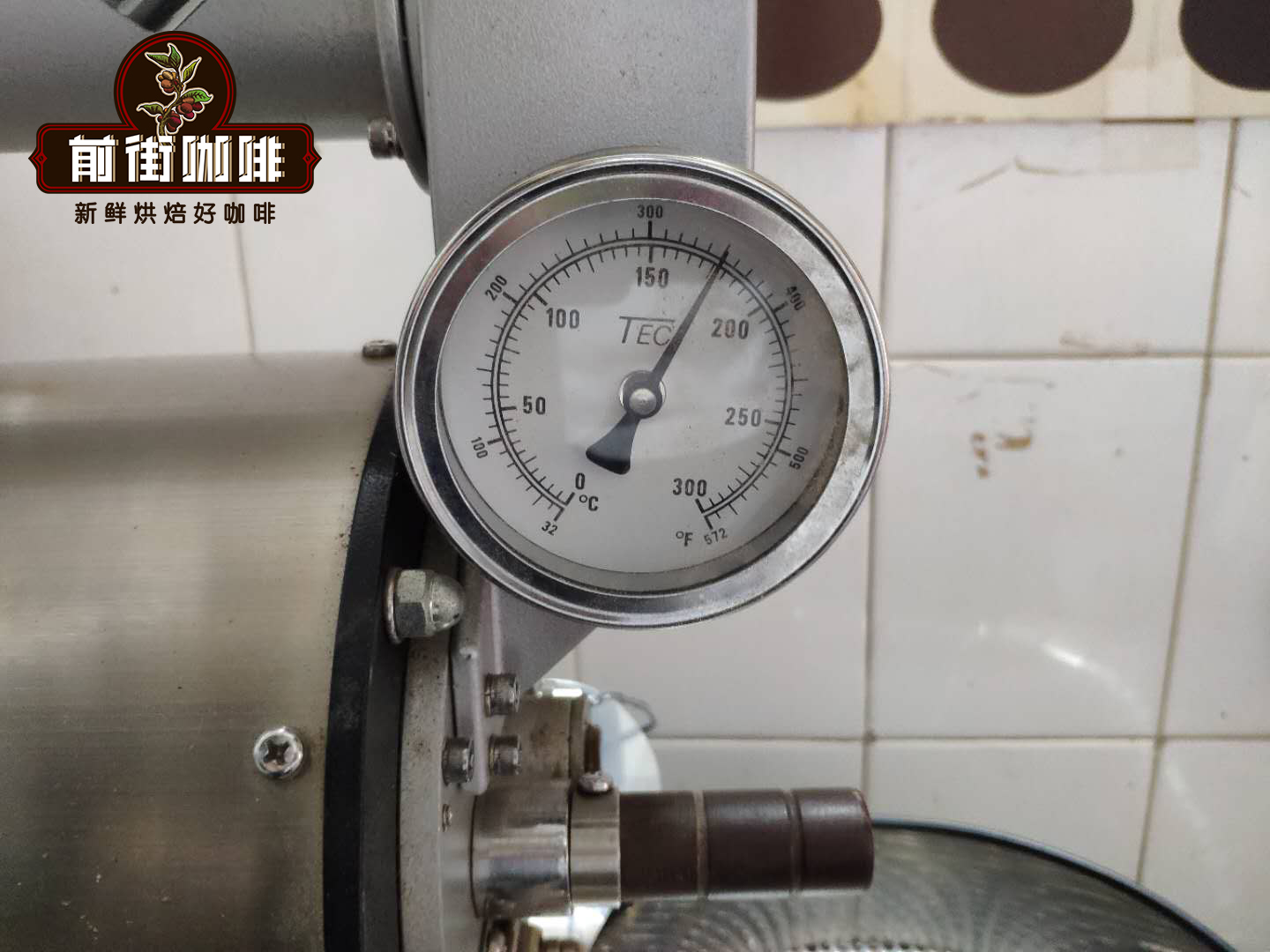
The furnace temperature is 160℃ and the firepower is 100. the throttle is opened at 390 ℃, and the throttle is opened to 4 at 140℃, the firepower remains unchanged; when the furnace temperature is 146.1 ℃, the bean meter turns yellow, the grass smell disappears completely, and enters the dehydration stage. When the furnace temperature reaches 166℃, the firepower is adjusted to 80 ℃, and the throttle remains unchanged. The smell of toasted bread has obviously changed to the smell of coffee, which can be defined as a prelude to an explosion. At this time, it is necessary to listen carefully to the sound of the explosion point, when the sound of the explosion point starts to explode, and the throttle opens to 5. After the explosion, the development of the ℃ after the explosion begins. Qianjie Coffee brewing sharing Qianjie Coffee when brewing this Ugandan Portuguese coffee, choose 15g coffee beans, powder to water ratio 1:15, water temperature 90 degrees Celsius, grinding degree is BG grinder # 6m (normal hand grinding), filter cup choose V60.
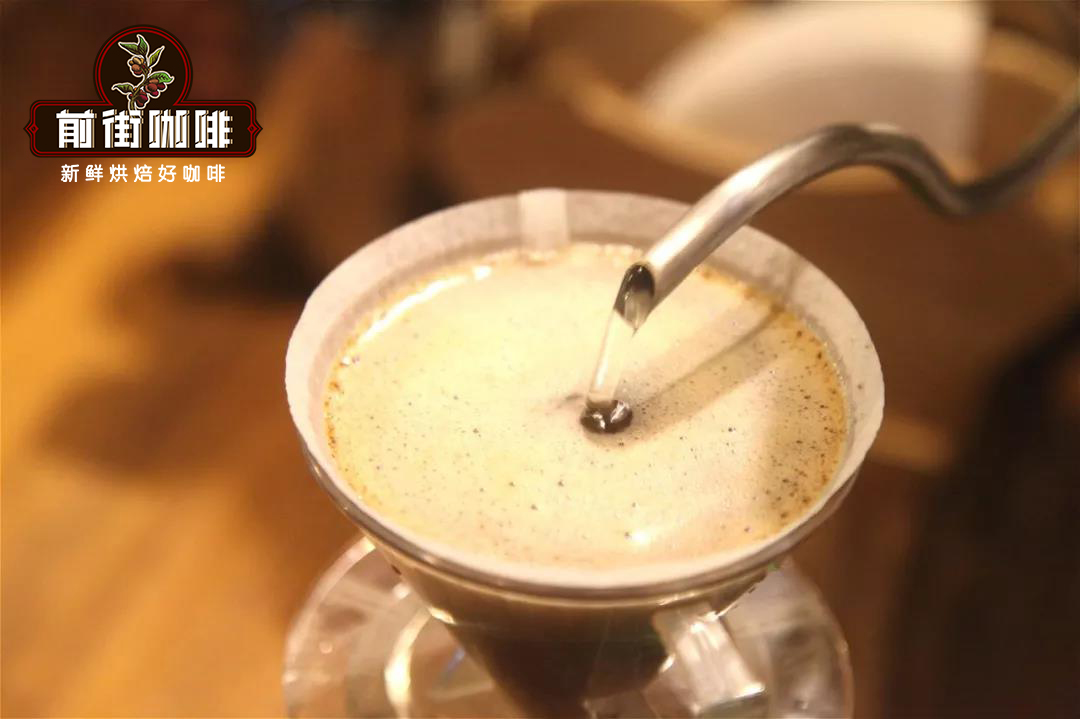
Steam with 30 grams of water for 30 seconds, small water flow around the circle to 125 grams for segments, when the water level is about to expose the powder bed, continue to inject water to 225 grams to stop water injection, and so on when the water level drop is about to expose the powder bed, remove the filter cup, (steaming starts timing) the extraction time is 2 minutes 39 percent 00 ". Flavor: smell fermented, sipping with citrus, black plum, dried fruit, caramel, nut flavor.
For more boutique coffee beans, please add private Qianjie coffee on Wechat. WeChat account: kaixinguoguo0925
Important Notice :
前街咖啡 FrontStreet Coffee has moved to new addredd:
FrontStreet Coffee Address: 315,Donghua East Road,GuangZhou
Tel:020 38364473
- Prev
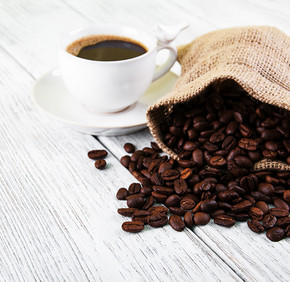
Basic information of Ecuadorian coffee beans, description of Ecuadorian coffee beans flavor
Following Ka Pai (Wechat official account vdailycom) found that Beautiful Cafe opened a small shop of its own in Ecuador, a mysterious and magical South American country. Ecuador is at the center of the world, which is why Ecuador is called the equatorial country. Ecuador's top coffee is also famous for its superior geographical location. Drive from Quito, the capital of Ecuador
- Next

Ugandan coffee brewing introduction, how about Ugandan coffee beans?
Following Cafe Review (Wechat official account vdailycom) found that Beautiful Cafe opened a small shop of its own. Recently, I was really fascinated by a kind of tanning coffee, which has elegant sun-drying flavor as well as local flavor. He grew up in the producing area of Mount Elgon in Uganda, 2000 meters above sea level. The scaffolding was naturally dried in the sun for 21 days after red fruit was harvested. The ultra-high growth altitude makes
Related
- Detailed explanation of Jadeite planting Land in Panamanian Jadeite Manor introduction to the grading system of Jadeite competitive bidding, Red bid, Green bid and Rose Summer
- Story of Coffee planting in Brenka region of Costa Rica Stonehenge Manor anaerobic heavy honey treatment of flavor mouth
- What's on the barrel of Blue Mountain Coffee beans?
- Can American coffee also pull flowers? How to use hot American style to pull out a good-looking pattern?
- Can you make a cold extract with coffee beans? What is the right proportion for cold-extracted coffee formula?
- Indonesian PWN Gold Mandrine Coffee Origin Features Flavor How to Chong? Mandolin coffee is American.
- A brief introduction to the flavor characteristics of Brazilian yellow bourbon coffee beans
- What is the effect of different water quality on the flavor of cold-extracted coffee? What kind of water is best for brewing coffee?
- Why do you think of Rose Summer whenever you mention Panamanian coffee?
- Introduction to the characteristics of authentic blue mountain coffee bean producing areas? What is the CIB Coffee Authority in Jamaica?

